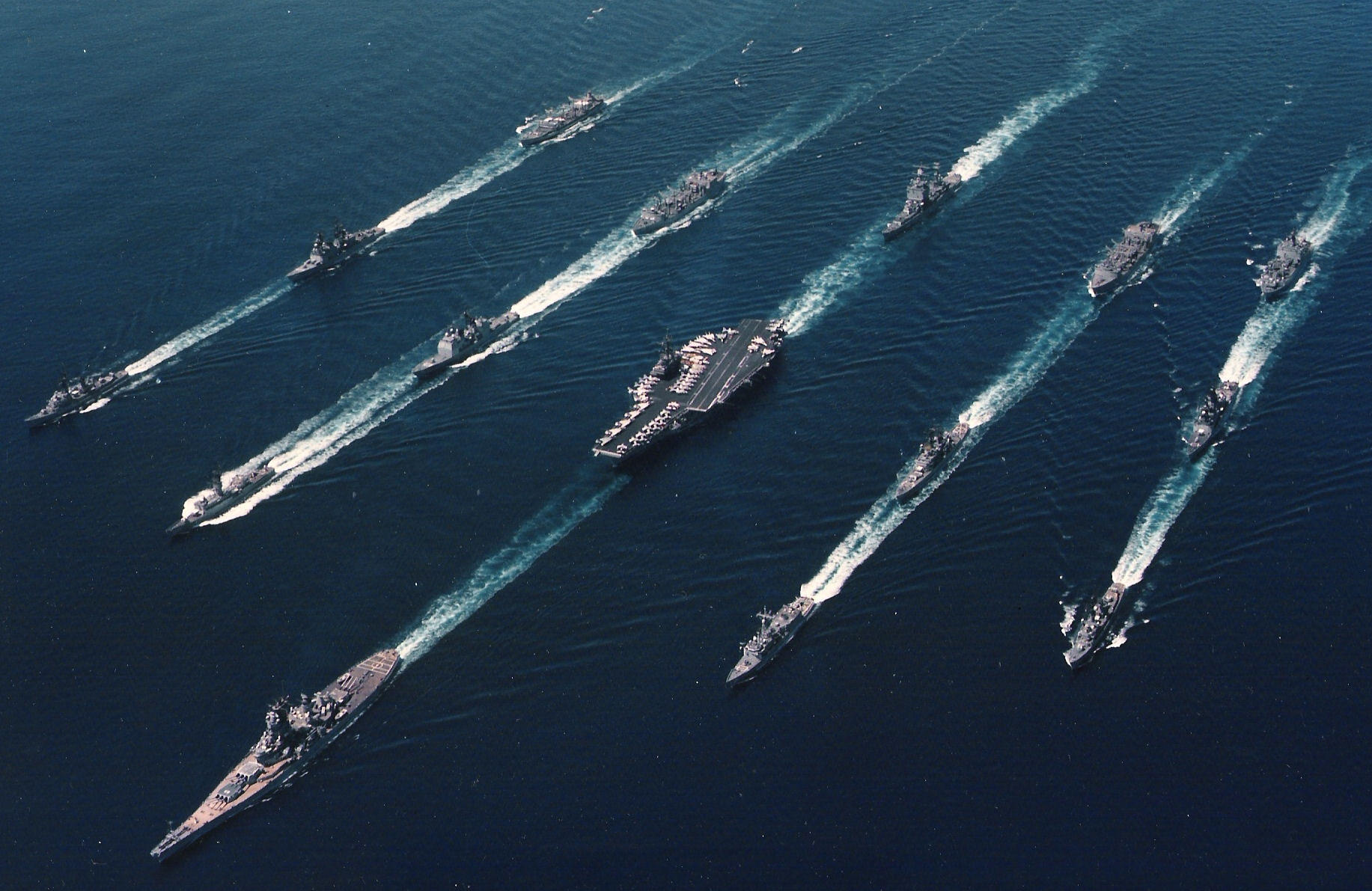USN
The United States Navy has been the undisputed naval powerhouse since the Second World War. Not only is it the only Navy to have global reach and power projection with multiple Supper Carriers, but its submarine fleet is arguably unrivalled, except perhaps but the USSR.
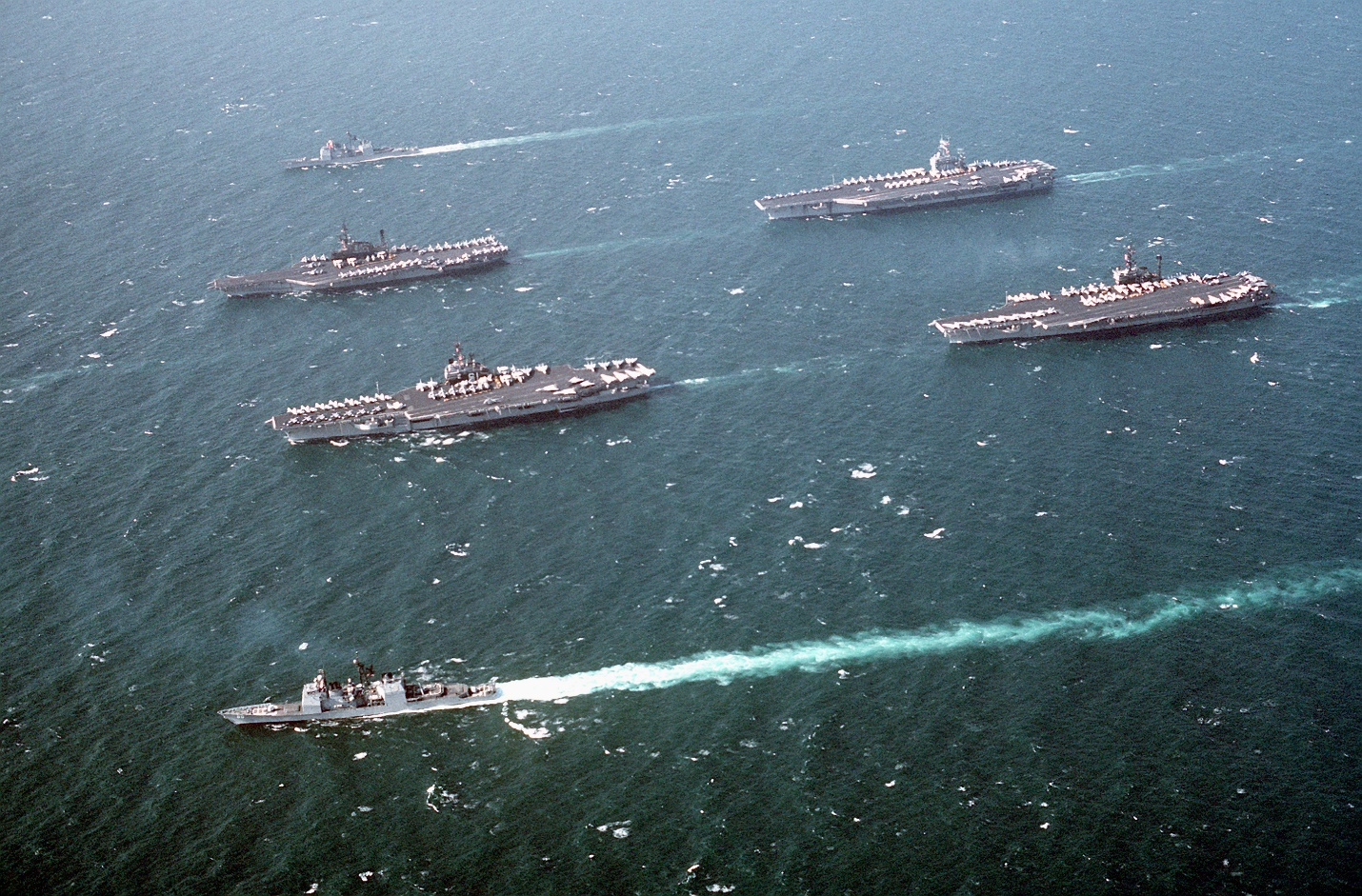
Battle Group Z during the Persian Gulf War
Historically the USN reached its late Cold War zenith in 1987 while in the midst of building up to a 600 Ship Navy, with the warming of relations between East and West, congress started to reduce funding of new ships and demand retirement of older ships. In Northern Fury however, this warming of relations did not happen and the 600 Ship Navy remained an extant strategy. However, reality and budgets do limit aspirations.
The rational for the 600 ship Navy can be found in the US Congressional Report from Sept 1985 and this Wiki gives a good summary of the original plan. The chart from page 25 of the Congressional Report is reprinted here:
Historically the 600 ship Navy policy was in rapid decline by the early ‘90s, but in Northern Fury it remains extant with most goals having been achieved by 1994. Some of the key areas where Northern Fury strays from the historic are:
The aircraft carrier (CV) USS Ranger (CV-61) was not decommissioned but instead, held in San Diego with reduced crew and no air group as ready reserve. She will be retired when USS John C. Stennis (CGN-74) is commissioned later in 1994 or possibly later.
The USS Forrestal (CV-59) was retained as an air group training carrier.
USS Enterprise (CVN-65) completed an accelerated overhaul 8 months early.
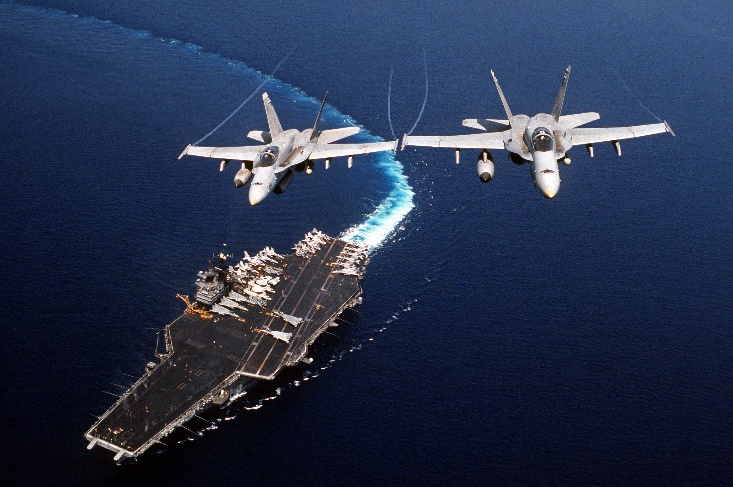
All of the Iowa class battleships (BBs) were retained in service
All nuclear powered guided missile cruisers (CGN) were retained. This represents a total of nine ships: 4 x Virginia class, 2 x California class, and the Long Beach, Bainbridge & Truxton.
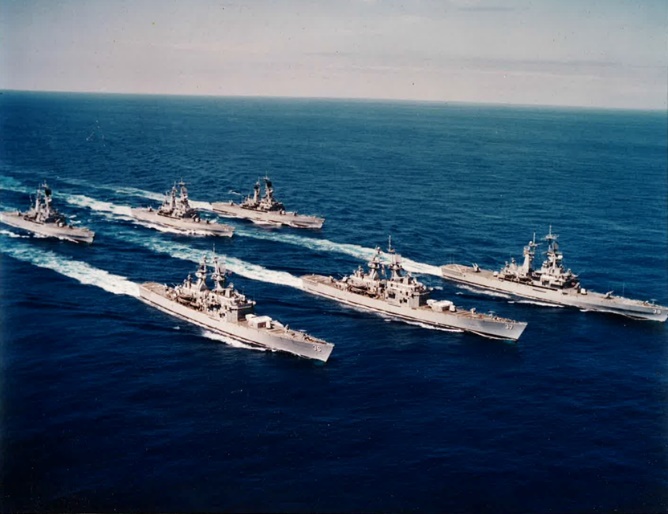
All Belknap & Leahy class CGs were retained (nine of each) with the NTU (New Threat Upgrades) complete. Combined, the additional 27 CG/CGNs means that a third CG/CGN can deploy with most Carrier Battle Groups (CVBG) as well as act as Flag for smaller Task Groups (TG).
Four of 29 Seawolf Class fleet attack submarines (SSN) have been launched with two commissioned, another 3-5 will be complete by the end of 1995. The Virginia Class has not been designed or considered as it was built as a stop gap when the Seawolf class was canceled. Of all measures taken, this was the most controversial due to the cost of the Seawolf, and the proposals for the Virginia class are quite promising.
28 Sturgeon class plus the 9 long hull (Archerfish) Class, the Narwhal and 3x Permit class SSNs were retained. The Permit’s followed by the Sturgeons will decommission as the Seawolf class comes on line. A stable fleet size of 100 fleet attack boats and 9-10 special mission boats will be maintained.
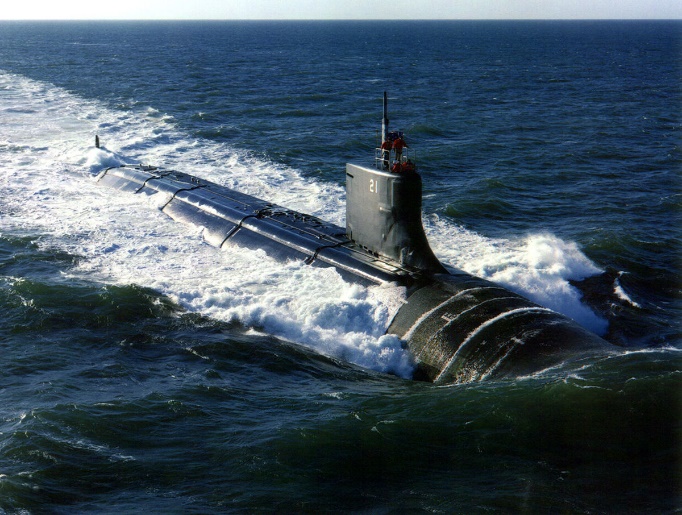
- Seven Arleigh Burke class guided missile destroyers (DDG), called the DDG-51 class have been completed with 5-6 per year planned to culminate at 62 units.
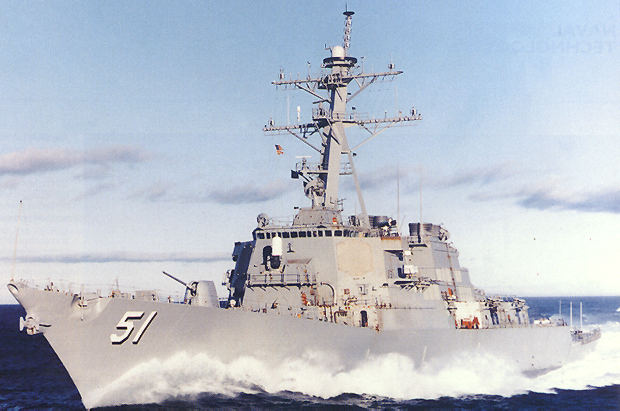
Because of the urgent need for Anti-Submarine Warfare (ASW) escorts, the shortage of dry-dock space and the increased number of Tomahawk Land Attack Missile (TLAM) carrying ships; the last 7 of 31 Spruance class destroyers (DD) will not be upgraded to carry the Vertical Launch Missile System (VLS) but will remain ASW DDs and undergo shorter mid-life refits than the other 24 ships. The 4 Kidd Class DDGs received their NTU in the late 80’s and will serve another 20 years.
The Farragut Class DDGs have been retained, 6x NTU refits have been completed, all based on the East Coast, with the remaining four completing later in 1994.
Only three Charles F. Adams NTU DDGs are ready but another 12 are undergoing refit which will be completed in the next 18 months. Both of the older DDG classes (Farragut and Charles F. Adams) will serve until ~2000 when enough of the Arleigh Burke’s are available to relieve them.
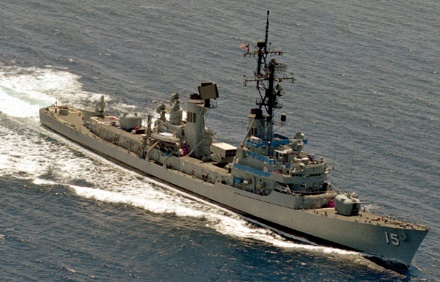
- The 51 unit Oliver Hazard Perry (OHP) Class Guided Missile Frigates (FFG) completed commissioning in 89 with no replacement on the horizon. The Navy pointed out this gap to Congress and a further 12 were ordered in 91 with the first four already launched and due to commission later in 1994. As a stop-gap four Brooke Class FFG’s (FFG-3-6) were retained, but will decommission later this year. A ‘Follow on Frigate’ program is underway with a bid for 72 units, the first being laid down in early 95 and will replace both the OHP and the Knox Class in the escort role. The OHP will average 30 years of service when decommissioned.

- 36 of the 46 ship Knox class Frigates (FF) remain in service, the remaining 10 are in ready reserve and can activate within 30 days. The problem plagued design will be replaced by the ‘Follow on Frigate’ program with Knox class ship retiring on a 2 for 1 basis starting in 1996. The result will be that most will be in service for 25-27 years. (Historic real life service was only 23 years).
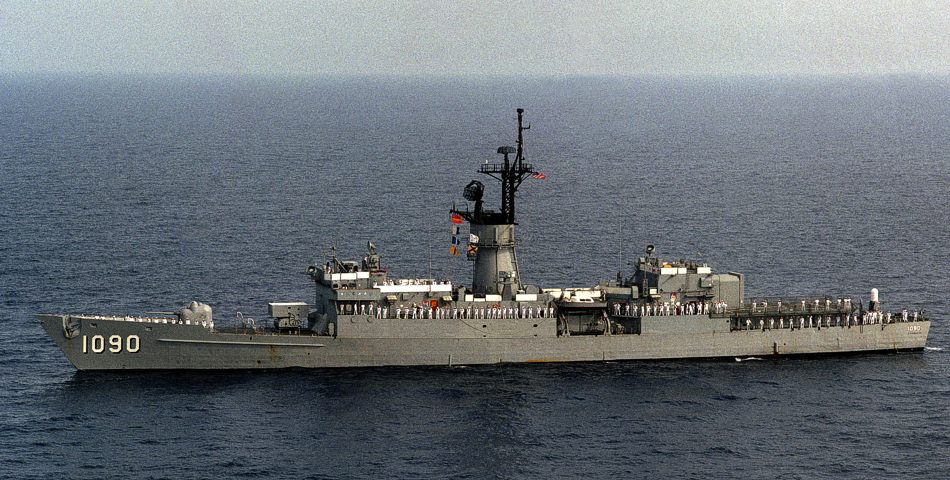
Graphically the comparison between the historic goal and the Northern Fury programme looks like this:
| USN Fleet size - Northern Fury Campaign vs 600 Ship Plan | |||||||
|---|---|---|---|---|---|---|---|
| Historic | Northern Fury | ||||||
| 1985 | Goal | Ready | Reserve | Launching | Total | Notes | |
| CV/CVN | 13 | 15 | 13 | 2 | 1 | 16 | CV-61 to retire when CVN-74 commissions |
| BB | 2 | 4 | 4 | 4 | |||
| CG/CGN | 98 | 137 | 54 | 54 | Total of 132. As DDG-51s come online, older DD/DDG then CG/CGNs will retire. | ||
| DD/DDG | 67 | 8 | 3 | 78 | |||
| FF/FFG | 108 | 101 | 90 | 10 | 4 | 104 | First 4 of 12 new OHPs arrives, Brooks to retire |
| SSN | 98 | 100 | 97 | 97 | |||
| SSN/Special | 12 | 12 | Special purpose, mostly SOF delivery | ||||
| Small ships | 6 | 0 | 0 | 6 | 6 | Pegasus Class FAC | |
| Total Combat | 325 | 357 | 337 | 26 | 8 | 372 | |
| Amphib | 62 | 75 | 70 | 70 | |||
| Mine Warfare | 3 | 31 | 30 | 10 | 40 | ||
| Replen | 53 | 69 | 58 | 58 | |||
| Mat Support | 25 | 27 | 26 | 26 | |||
| Fleet Support | 29 | 33 | 29 | 29 | |||
| Total Other | 172 | 235 | 213 | 223 | |||
| SSBN | 37 | 36 | 24 | 24 | |||
| Total All | 534 | 628 | 574 | 36 | 8 | 618 |
